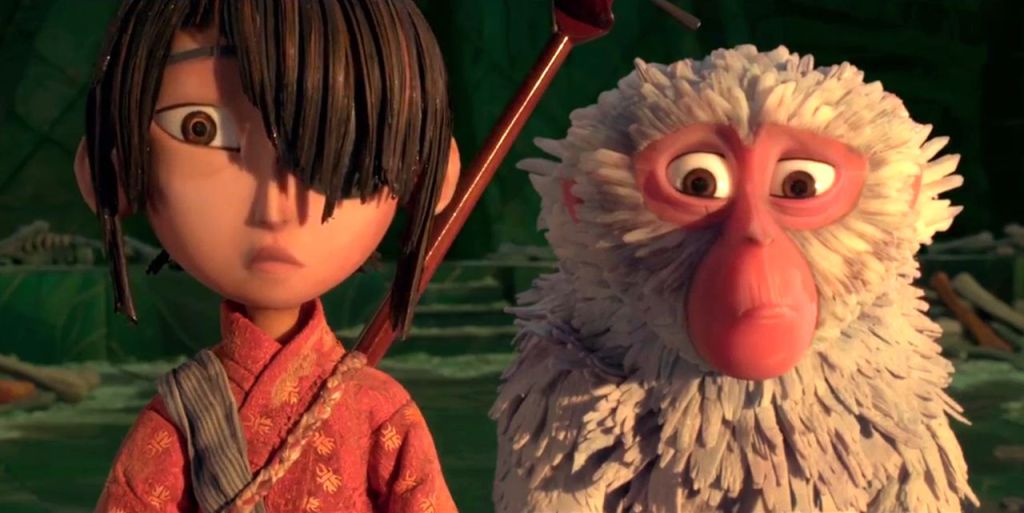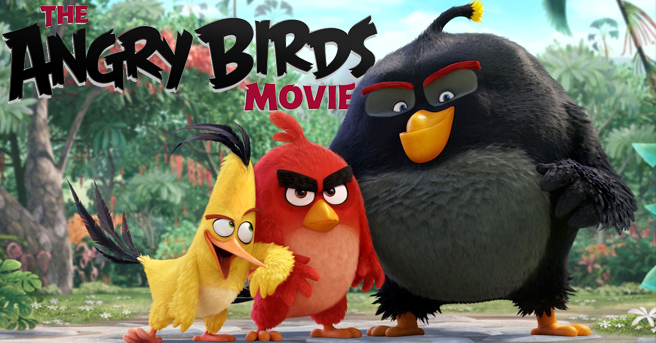Interview: Travis Knight on “Kubo and the Two Strings”
Posted on August 16, 2016 at 3:10 pm
On my visit to LAIKA, I spoke with producer/director Travis Knight about this week’s magical new release, “Kubo and the Two Strings,” one of my favorite films of the year.
Knight, who is also the CEO of LAIKA, said that the project started a decade ago, and “all of our lives poured this thing into the world….We have a multi-national crew pulled from around the world. We are magpies, scavengers, pulling from our lives, all swirled into a gumbo.”
This is LAIKA’s fourth film. All have created in their Portland, Oregon studio through stop-motion animation, but each has been a huge leap forward in ambitious use of materials and technology and each has been completely new in the world it has created. “There’s an inherent restlessness here.” And he believes that “there is an inherent humanity that comes in the process of creating art. You can’t separate it from the art itself. The act of creating things by hand imbues them with a humanity you can’t get any other way.” Stop-action animation “injects a different kind of life.
“Philosophically, it’s been important to tell new and original stories, reaching a kid in a darkened cinema, touching a part of yourself you didn’t really think of before. It is one of the prime functions of the mind. Good stories can change us and open up the way we connect to each other.” The basis for “Kubo” is an imaginary ancient Japan. Kubo is a boy with magical ability through origami who cares for his fragile mother, who relinquished her own magical power to protect him from his powerful grandfather and aunts. “The look is always rooted in the story. Each film has been different thematically and required a different look. This one was inspired by Japanese artists like Hiroshige and Hokusai.” The world of the film is inspired by Japanese woodblock prints, with strong colors, asymmetry, and striking, uncluttered composition. “We immersed ourselves” in the Japanese aesthetic, origami, poetry, late EDO period dolls, “the spareness and symmetry is woven through the design language.” The origami designs echo through the film in the simplified shapes, textures, and folds.

“I’m in no way a purist,” when it comes to what is a practical effect and what is CGI, Knight said. “But you want to capture as much in camera as you can to make sure it is unified.” He is grateful for the chance to combine art, science, and technology, “to make peace with it, embrace it, and use it. We have a big bag of tricks and will use whatever it takes to tell the story….It’s the astronaut and the caveman working together.”
Knight spoke about the films that moved him, starting with “E.T.” It was the first time a film made him cry. “The deep-seated loneliness and then the connection to the creature. That took me to Kurasawa.” He fell in love with “big fantasy epics.” He believes that the more specific the details, the more universal the reach of the story. But for him, this was very personal. “Kubo is me — a storyteller and an animator.”



